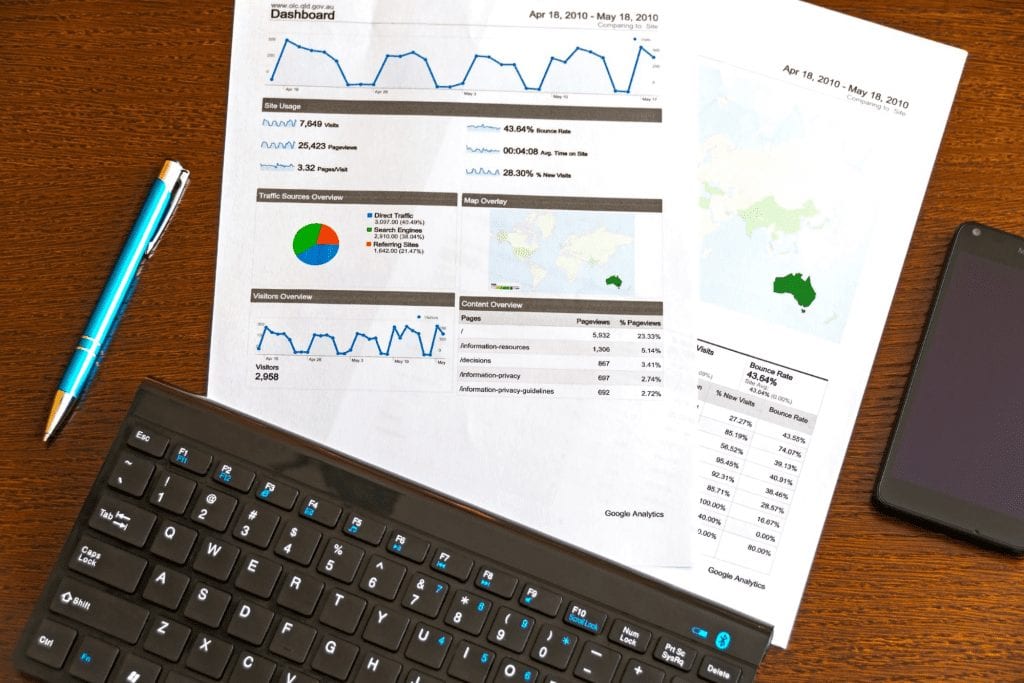Direct response marketing is one of the oldest digital marketing methods that still works today. The idea of direct response marketing is to elicit an instant reaction and response from a customer. Direct response ads typically ask customers to buy an item, but these ads are not only restricted to sales. Businesses can use direct response ads to encourage customers to take any specific action, whether that be sign up for a newsletter, visit a page, buy an item, or any other direct action. The entire goal of direct response marketing is to get the customer to quickly do what the offer asks, which is good for both customers and the business. If a customer acts on a direct response ad right away, they often get a reward or bonus for playing along while the business gets instant feedback on their ad. A successful direct response ad gives businesses the fastest results and data on the ad because of how direct response is designed. Businesses get measurable results with direct response faster than any other marketing method, which is a significant reason the practice has survived in a turbulent space for so long.
Three Key Parts Of Direct Response Marketing

Direct response marketing is not only one of the oldest and fastest types of marketing, but it is also one of the simplest, with only three critical parts to any successful direct response ad. A direct response ad must trigger an instant action from the audience; otherwise, it has failed, but you only need to get three ingredients right to make a typical direct response ad. Every direct response ad must include an offer, the information about the offer and why it is a good offer, and a call to action with a means of response. If any of these three components is missing or fails, the entire ad falls apart, and you will be unlikely to get the desired results. You must present customers with an offer, tell them why the offer is good and why they want to accept the offer and give them an easy and insanely actionable way to accept the offer.
The ingredients may feel limiting, or it may seem like all direct response ads use identical copy, but there is surprisingly flexibility within the typical direct response structure. Not every business is selling or offering the same thing, and every brand has a different tone or flavour to their copy. The call-to-action statements alone come in so many different varieties that it is entirely possible to create your own direct response ad that doesn’t feel like cookie cutter copywriting. Play around with words, and you can even combine multiple calls to action into one ad. Give customers multiple ways to claim the offer, whether that be a toll-free phone number, website, physical coupon for in-store use, or email.
Target The Right People

Direct response ads are not the same as flyers you would post around town with tear-away numbers. While direct response ads are simple, that does not mean they will survive or succeed with the shotgun approach, as you still need to target your ads for the best results. Facebook and Google ads are some of the most accessible places to put direct response ads because you can target customers by demographic groups, affinity audiences, and other tools to ensure your ad is shown to the right people. You can also put direct response ads on TV, billboards, email blasts, physical mailers, or any other platform so long as you use data to ensure each platform will get you the right results. Swinging in the dark may yield a hit, but you will be less likely to find success and recreate that success the next time. It is better to take your time to target the right people rather than blasting ads everywhere in hopes something sticks.
Explanation Maters
It can be easy to forget that you have all the information when putting together an ad. You may know how good a deal you are offering and why customers should accept it, but unless you put those reasons in your ad, the customer will not understand. You do not need to spell everything out for customers, but try to approach the ad as if you had never heard of the company before. Put yourself in customer’s shoes and do not assume their knowledge level. Explain everything a customer would need to know to make the offer appealing, so there is no information stopping a customer from following the call to action.




